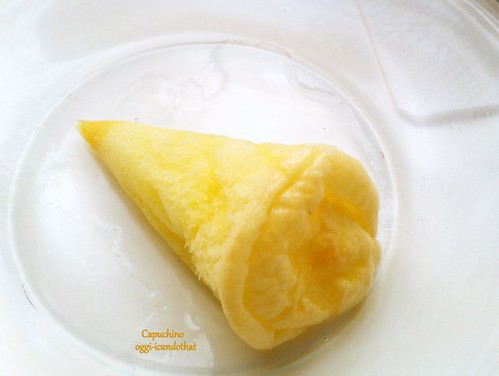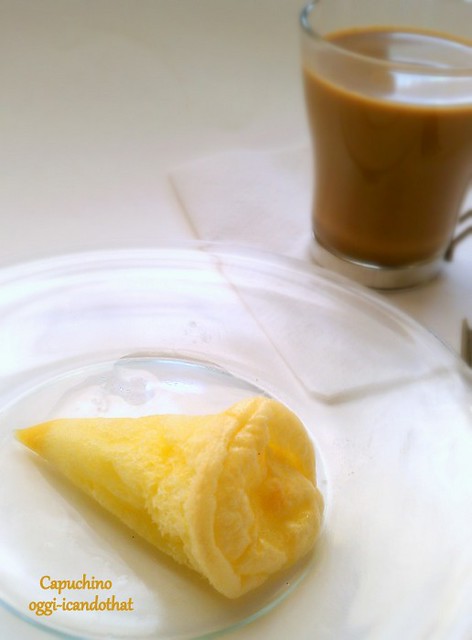Watching too many Spanish Basque shows on Netflix is bad for my waistline. There are so many sweet treats that I never heard before are mentioned in these shows and I just have to try them. I have cooked a few Basque recipes but can't recall the sweet bread sobao. I looked for it in my Spanish cookbooks with lots of Basque recipes; didn't find one. I had to rely on Wikipedia as well as Spanish recipe websites and was only able to get descriptions, ingredients and amounts, but not an actual recipe. I experimented and made just a quarter of the ingredients written on Wiki. It's actually pound cake but with a little less flour and has a little yeast. I don't know what the yeast is for. The finished bread/cake looks like cornbread, is dense, buttery, sweet, and not bad. I'll increase the anise or rum next time I make it.
from Wikipedia
The recipe includes one kilo of sugar, one of butter, 900 grams of flour, 12 eggs, a pinch of salt, lemon zest, a spoon of rum or anise liquor and a bit of dry yeast. The butter and sugar are mixed together, then salt and lemon are added under continuous stirring. One by one the eggs are added with the spoonful of liquor and finally, flour and yeast are incorporated. As soon as all ingredients are thoroughly mixed the dough is ready, filled into a baking dish and baked in the oven.
Sobao Spanish Basque (Inauthentic)
1 cup sugar 2 sticks salted butter, room temperature
½ teaspoon lemon zest
¼ tablespoon anise liqueur
3 large eggs
1 cup sifted all-purpose flour mixed with 1/16 teaspoon yeast
- Line on all sides a 6 x 6 square pan with parchment paper; set aside.
- Preheat oven to 350°F.
- In a medium bowl, beat butter and sugar together until creamy and pale yellow in color.
- Add eggs one at a time together with the anise liqueur. Sprinkle a little of the flour if mixture separates. Beat until smooth.
- Slowly add flour and yeast; mix with spatula until fully incorporated.
- Transfer into the prepared pan and bake until top is golden brown, about 30 minutes.
- Let cool completely in the pan on a wire rack before cutting into 2-inch squares.
If someone has an authentic recipe for Sobao, please email me. I'll appreciate it. 😊





































